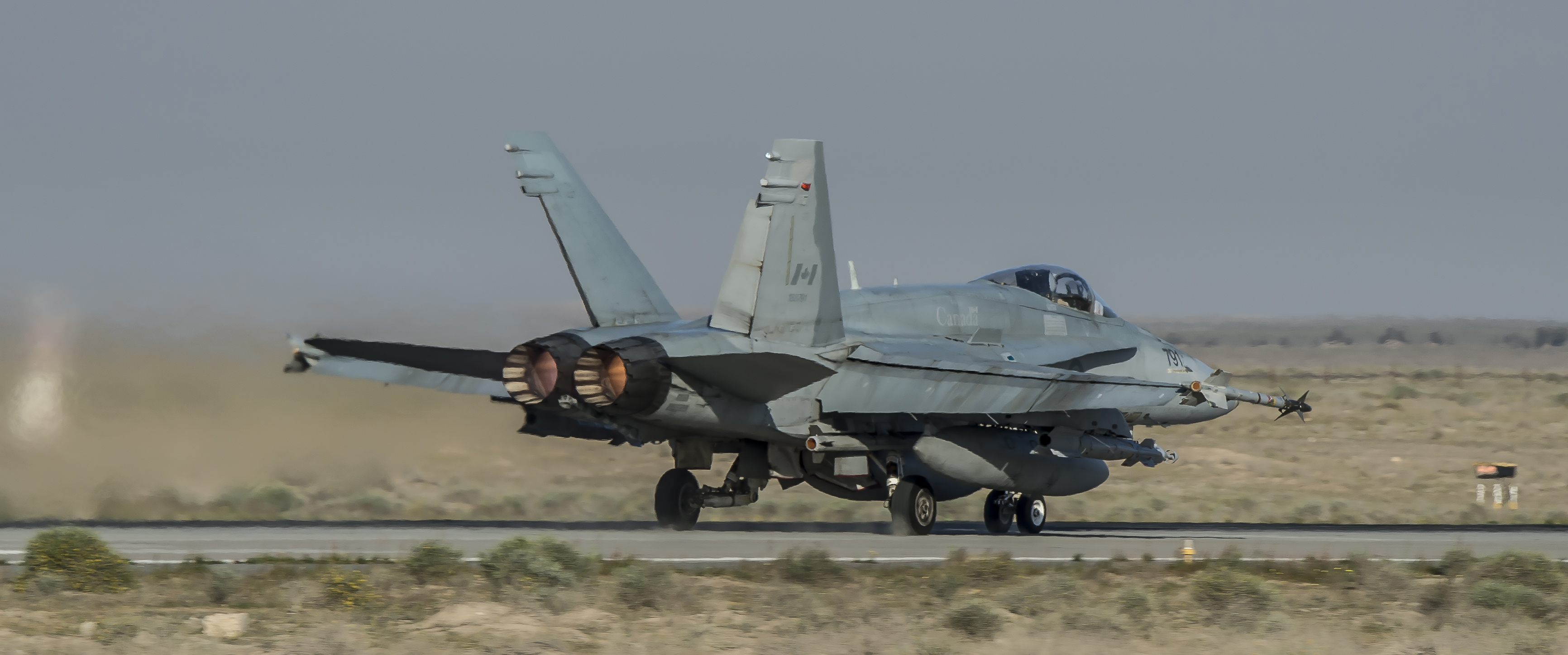Of the many ways to look at the global conflict situation in the past year or two, perhaps one of the starkest comes from an analysis of where the United States and its coalition partners (including Canada) have used airpower, and how often.
According to research done by Micah Zenko, a senior fellow at the U.S. Council on Foreign Relations, there were 28,714 U.S.-led coalition munitions dropped in 2015. From this number, Zenko determines that the U.S. itself conducted at least 23,144 airstrikes in 2015.
But where did all these bombs land? And who got killed?
The first part of that answer is fairly easy to determine, the second part is somewhat murkier.

That’s a lot of bombs dropped on quite a few places across the globe. Obviously the greatest number of casualties occurred in Iraq and Syria, where the U.S. estimates that it has now killed around 25,000 members of the Islamic State in Iraq and Syria (ISIS).
Two anomalies stand out about that 25,000 figure, however. The first is that the U.S. claims it has only killed six civilians during all those strikes in Iraq and Syria, which seems remarkably low, and the second is that according to recent estimates the actual size of the military force fielded by ISIS hasn’t dropped much from the original figure of 30,000 given by the CIA.
While there is no doubt that ISIS is able to draw recruits from across the globe to replenish its ranks, it’s a scary thought indeed to imagine that they can find new candidates at almost exactly the same rate as the coalition is able to kill them.
Regardless of the statistics, it is clear that ISIS is no longer conducting a mass expansion in Syria and Iraq, and in many cases is being pushed back.
But this has come at a cost, as those 78 bombs per day for the last year have cost the U.S.-led coalition at least $5 billion dollars.
Subscribe to Legion Magazine’s FREE weekly e-newsletter to keep informed on news involving Canada’s front lines. Sign up today!
Advertisement










